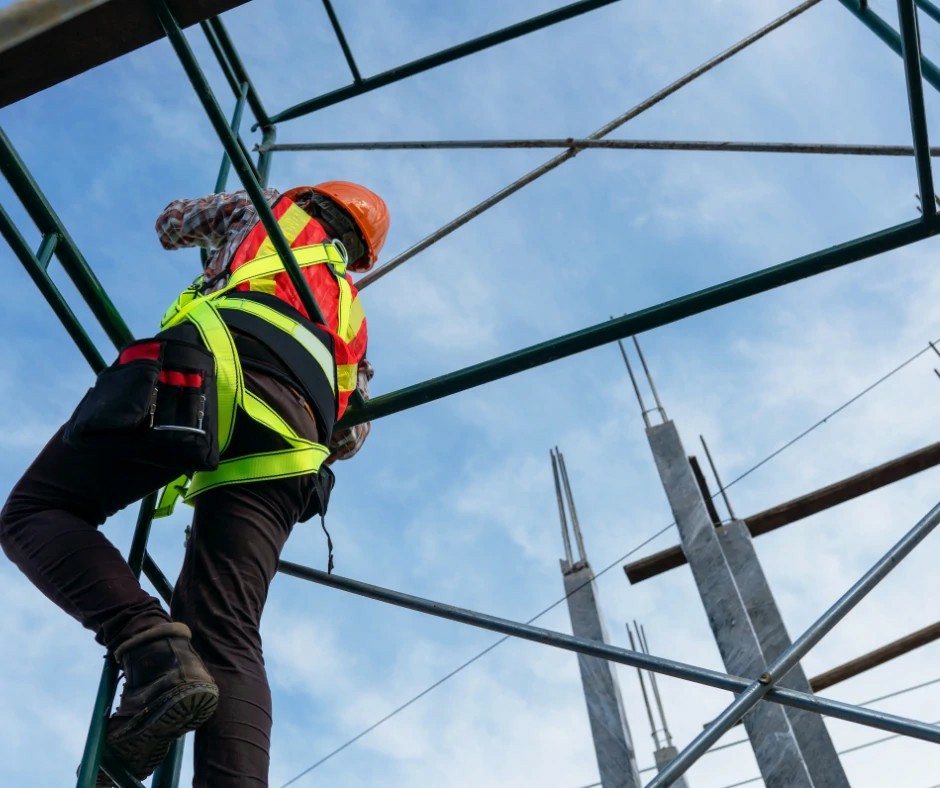


 349,500 Offered Certificates
349,500 Offered Certificates
 24/7 Online Training
24/7 Online Training
 Money Back Guarantee
Money Back Guarantee
 Fully Accredited Courses
Fully Accredited Courses

Created at: 22-02-2025 16:34
Ensuring compliance with legal requirements for Working at Heights training is pivotal for safeguarding the well-being of employees and avoiding legal repercussions for businesses in Ireland. This guide delves into the essential legal frameworks set forth by the Health and Safety Authority (HSA) and the Health and Safety Executive (HSE), highlighting employers' responsibilities and the dire consequences of non-compliance.
The landscape of workplace safety in Ireland is governed by stringent laws designed to protect workers. The key regulations concerning Working at Heights primarily stem from the Safety, Health and Welfare at Work Act and the associated regulations laid out by the HSA.
The HSA is the national regulatory body responsible for enforcing workplace health and safety legislation. Their guidelines stipulate that all employers must ensure safe working conditions for their employees, particularly when working at heights. This includes:
While the HSE predominantly operates in the UK, its principles and regulations inform best practices within Ireland as well. The HSE emphasizes the importance of ensuring that employees are trained and competent to work safely at heights. This reinforces the necessity for businesses in Ireland to adhere to Working at Heights Certification requirements.
Employers have a legal duty to protect the health and safety of their workers. Key responsibilities include:
Compliance with Working at Heights safety regulations is not merely a legal obligation; it is a cornerstone for cultivating a safe work environment. The absence of proper training and safety measures can lead to serious injuries and fatalities. Furthermore, organizations that neglect compliance risk facing significant legal penalties.
The penalties for non-compliance with Working at Heights safety laws can be severe. They may include:
Businesses can take proactive steps to ensure compliance with Working at Heights training requirements:
Prioritizing Working at Heights safety through comprehensive training and compliance with legal requirements is essential for protecting employees and minimizing legal risks. Businesses in Ireland should take immediate steps to enroll their staff in certified courses, ensuring that all workers are equipped with the necessary skills and knowledge to work safely at heights.
If you are seeking to implement Working at Heights training in your organization, consider enrolling in our certified Working at Heights Course. For more inquiries, please contact us at [email protected].